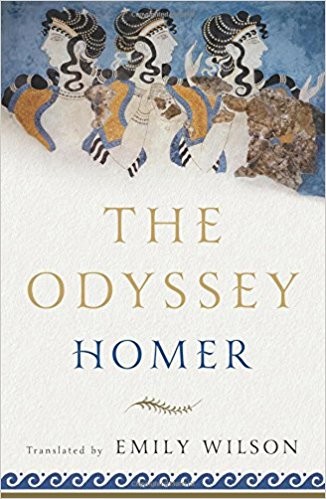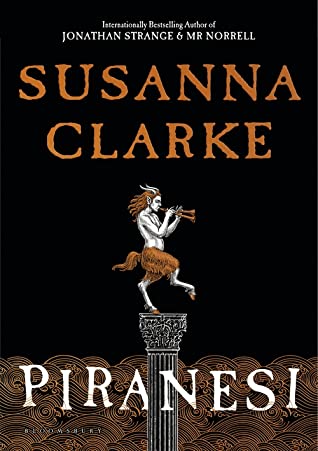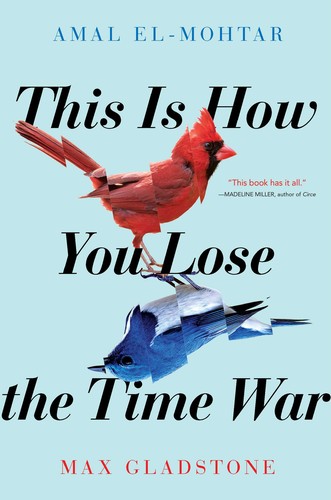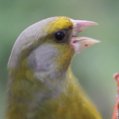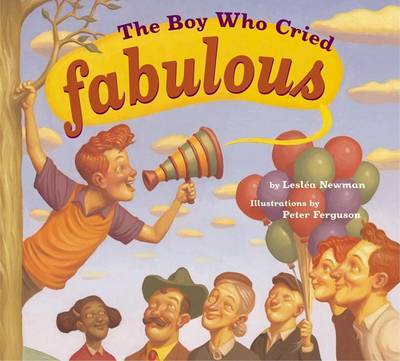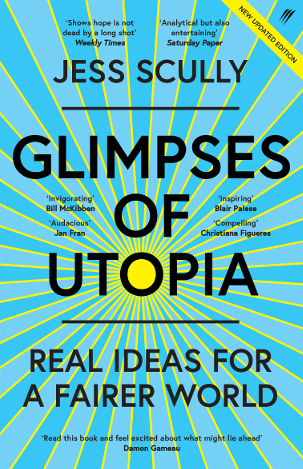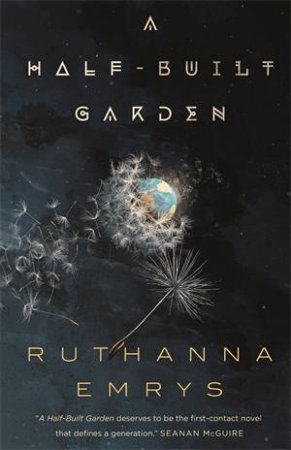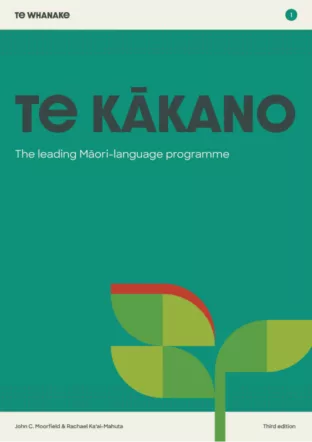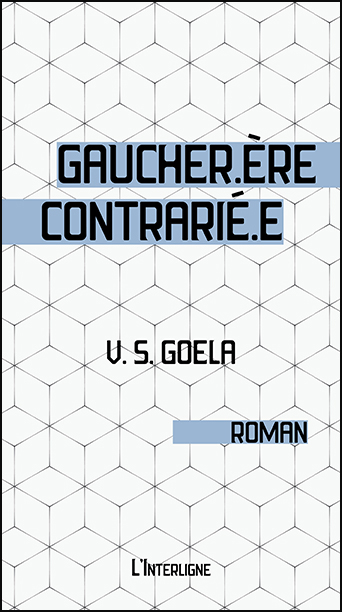wrul (they, iel, etc) replied to wrul (they, iel, etc)'s status
This bug will be gone next time we update the #BookWyrm software. In the meantime, “Quote”‐posts will work if given a complete page range, such as On page 10 to 10.
References: - BookWyrm pull request # 3353: 'Fix creation of quotations with no end position'. 15 April 2024. - BookWyrm issue # 3352: 'citation and reading position'. 08 April 2024. - BookWyrm issue # 3364: 'Entering a quote with only a "On page" page number fails without an error'. 28 April 2024.
